As demonstrated by our article on the most dangerous animals in the UK you have to dig pretty hard to find anything too scary in most of Europe and even then the term ‘dangerous’ is pretty relative. However, through diligent research I have found around fifteen animals that have been known to kill humans and can be found right here in Europe.
This list is the top ten most dangerous wild animals so we will have to ignore the biggest killers such as dogs and cows. And just to keep things interesting I’ll pretend wasps and bees don’t count and deer cause lots of car crashes but we’ll ignore that too. So that leaves us with a top ten list of Europe’s scariest deadly wild animals.
I have organised these animal according to both their potential and actual danger, so the top of the list might not be the scariest, but it should be the most dangerous.
10. Castor bean tick
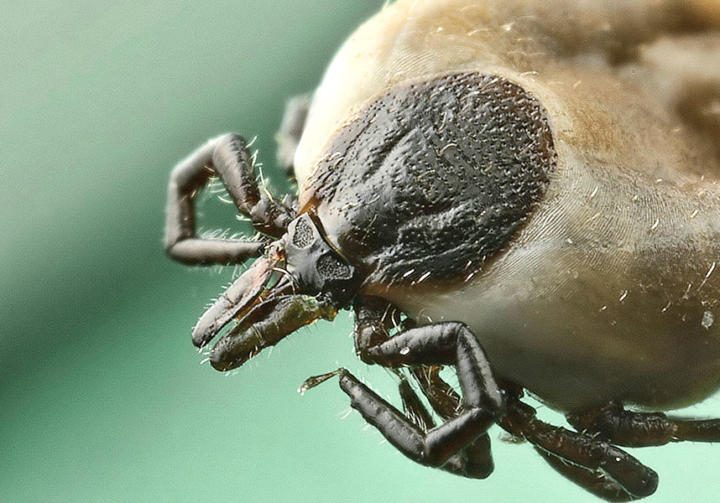
Whilst the rest of the world has mosquitoes and malaria to worry about here in Europe there are castor bean (or sheep) ticks and the various nasty diseases they carry. The whole reason-for-being of the tick is pretty unpleasant; latching onto their host and swelling up with their blood until they are fit to burst. Gross as this behaviour is it is generally harmless to the unfortunate host. In exchange for its meal of warm blood the sheep tick may return the favour with Lyme disease, Q fever, louping ill or tick-borne encephalitis.
All these diseases are fairly unpleasant and without early treatment serious long term symptoms can develop in Lyme disease and tick-borne encephalitis.
9. Portuguese man o’ war
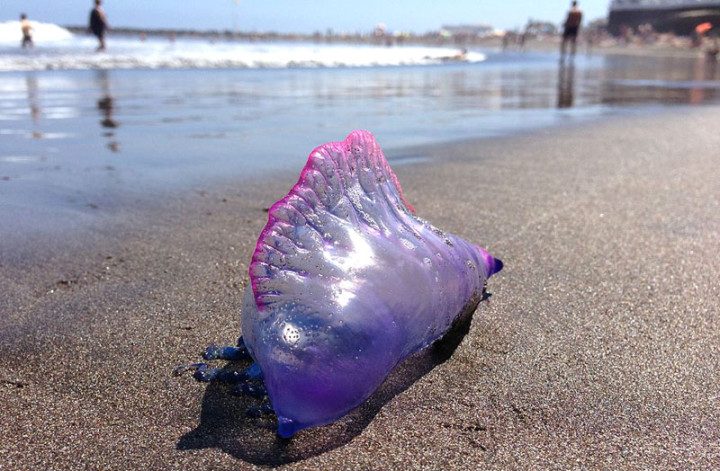
The most dangerous jellyfish found in European waters isn’t actually a jellyfish at all. In fact it isn’t even a single animal, they are a whole colony of tiny animals known as zooids. Also known as “the floating terror” and “bluebottle” in Australia these cnidarians are not just found in Portugal but anywhere the wind blows. The common name actually refers to their shape which is said to resemble a type of 18th century Portuguese war ship.
The sting of the Portuguese Man o’ War is unsurprisingly quite common given that the sting bearing tentacles can reach up to 50 metres (150 feet) in length. Being stung by one of these critters is undoubtedly painful and the immediate result will be a raised whip-like welt across the skin. What makes the sting so potentially dangerous are the systemic effects of the venom resulting in intense pain followed by fever, shock, and impaired heart and lung function leading to possible death. Given this happens in the sea, there is also a the risk of drowning.
8. Mediterranean Black widow spider

The Mediterranean black widow is a close relative of the other notorious black widow spiders and is widely considered the most venomous spider in Europe. It can be found throughout the countries of the Mediterranean and as far as Kazakhstan where it is known as the steppe spider.
As with other members of the Latrodectus family the Mediterranean black widow has powerful venom. The initial bite may feel like a pinprick but may develop into intense pain. A further condition known as latrodectism may occur in some cases with symptoms such as sweating, muscle spasm, breathing difficulties, irregular heart rate, nausea and vomiting occurring. Such cases need to be taken seriously as they can, in rare instances, prove fatal.
It seems camels are less fortunate when it comes to being bitten by these spiders. In Kazakhstan, where these black widow spiders are called “Karakurt” there have been a number of reports of camels dying after being bitten.
7. Wolverine
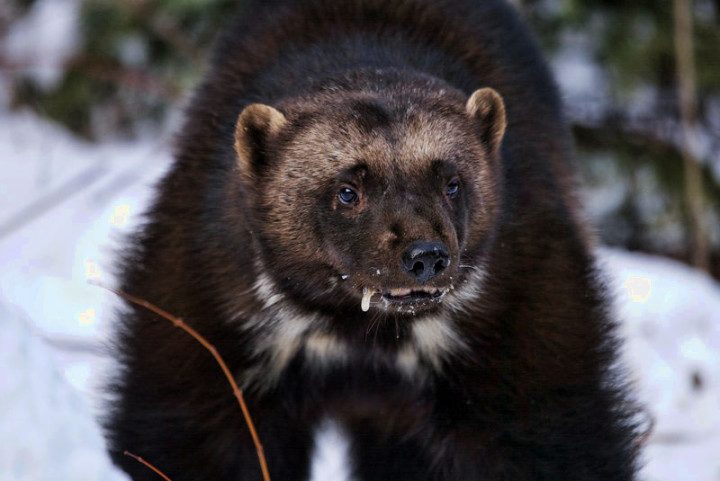
Found across the Arctic Circle, the wolverine has something of a legendary reputation for ferocity. Despite being around the same weight as a mid-sized dog these stocky little super-badgers exhibit sufficient strength to take on prey many times their own size. There is actually a story of a wolverine killing a polar bear when they were out in the same zoo enclosure together. The wolverine immediately went for the bears throat and held on until it suffocated. With tales like that there isn’t much doubt a wolverine could kill a man.
It isn’t just the wolverine’s strength that makes it such an effective predator, they also have an apparent lack of fear which they make up for in pure ferocity. Once committed they will fight to the death – which is usually the other animal.
The wolverine doesn’t fall short when it comes to natural weapons either. They have incredibly powerful jaws which are capable of crunching bone or chomping through frozen meat. Their oversized paws not only function as snow shoes but carry a set of equally oversized and sharp claws. Whilst these may not be adamantium like his Marvel namesake’s they certainly are effective weapons.
6. Asp Viper
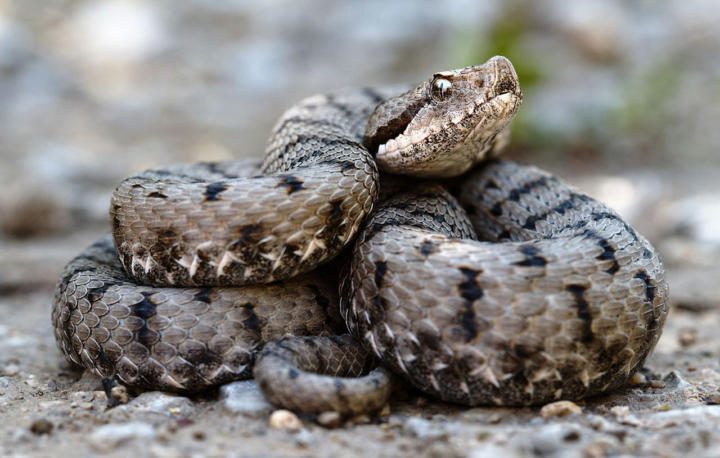
You will probably not be surprised to hear Europe ranks pretty close to the bottom of the global snake danger list, well after Antarctica that is. There aren’t really any snakes here that have enough venom to kill all the mice in the world or any of that sort of thing. However, there are actually a few genuinely dangerous snakes all of which belong to the viper family.
The asp (or aspic) viper is probably the most dangerous of Europe’s snakes. It is found throughout southwestern Europe and as with all vipers it has a sophisticated venom delivery system; the large retractable fangs are hollow, injecting the prey like a hypodermic needle.
It is estimated that if left untreated around 4% of bites will prove fatal. Even though most people survive bites are extremely unpleasant – intense pain will radiate out from the bite as the area swells and sometimes turns near black. Further symptoms may include haemorrhagic necrosis (the breakdown of blood vessels) which can affect the eyes causing severe visual impairment. There may also be damage to the kidneys, possibly leading to death.
5. Eurasian Wolf
Whilst packs of marauding man-eating wolves are thankfully a thing of the past in Europe it is no coincidence that the big bad wolf is the stuff of fairy tale horror. Between 1362 and 1918, in France alone, there were nearly 7,600 documented cases of people being killed by wolves. In Asia wolves have been responsible for more attacks than other large mammals combined. These figures dropped dramatically over the 20th century but serve to illustrate the potential of these animals to kill.
In present day Europe the biggest risk of attack exists in the Baltic states such as Latvia, Lithuania and Estonia. It seems wolf bites are not uncommon but there are no reports of recent fatalities. Generally wolves seek to avoid human contact and even when this occurs they are usually not confrontational. One exception to this rule are rabid wolves; just the idea of that gives me the fear.
Wolf attacks are also pretty unpleasant by all accounts. They target the weakest, most vulnerable which usually means children, followed by women. Once the prey is brought down the wolves tear open the body cavity and go straight for the internal organs.
4. Brown bear
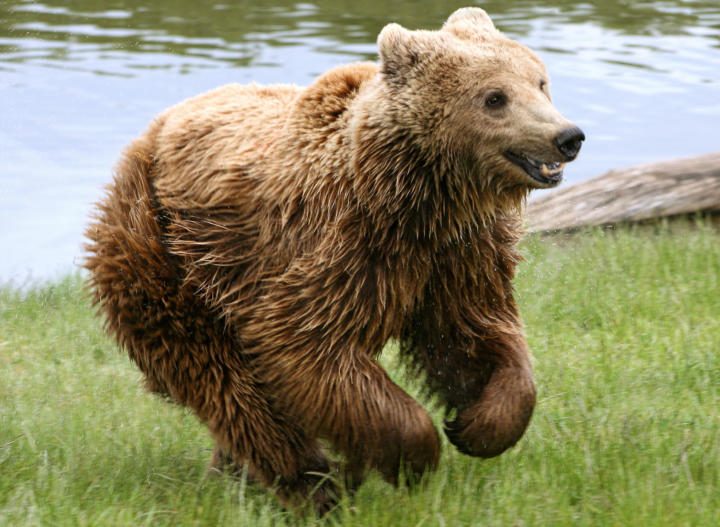
The bear is the symbol of Russia, however over recent years (due largely to the EU habitats directive) their number and range have increased greatly. There are now around 20,000 bears throughout mainland Europe.
Given the size, power and weaponry of the brown bear it would be hard to leave it off this list. Brown bears found in Europe generally weigh between 250 and 400Kg (600-900lbs). Whilst this is considerably smaller than the biggest grizzly bears they still possess the same massive claws and powerful jaws. When attacking the bear will bite to the face in an attempt to disable its opponent’s jaw – and considering the bear’s bite is stronger than a lion’s this will more than likely do the job. If it doesn’t then a swipe from one of the paws probably will – think super-heavyweight boxer meets Freddy Krueger.
Despite the bear’s reputation for being shy and retiring there have been a growing number of attacks on livestock attributed to bears over recent years. Since 1999, in northern Italy alone there have been over 250 reported bear incidents and some of these have involved humans. One of the most serious, and recent, cases involved an unprovoked attack on a runner which left him hospitalised for a month.
It seems statistically that bears are in fact a bigger danger than vampires in Transylvania. Back in 2004 a single bear ran amok in woodland in this region of Romania. First attacking a group out picking mushrooms it left five in a critical condition. Half an hour later the same bear went on to kill a man and seriously injure two others.
Another incident nearby involving three bears left two men badly injured when they were attacked as they left a house.
3. Great white shark

Everybody knows great white sharks are found off the coasts of Australia, California and South Africa. What most people don’t know is that they are also found in the Mediterranean Sea. And these sharks have made their presence felt over the years with a round 40 attacks attributed to them including a number of fatalities.
Not only are there great whites in the Med, it seems they are some of the biggest in the world. One study cited 7 out of 13 of the biggest sharks ever photographed as being in the Mediterranean including three reported as over 7 metres (22 feet) in length.
These massive great whites have been mainly caught off the coast of Southern Italy but others have been caught off Slovenia, Malta and even France. In terms of attacks it seems Greece is the shark attack capital of the Med. Since records began there have been an alleged 9 to 12 fatalities in Greece, most of which were attributed to great whites
2. Wild boar

Whilst the wild boar (Sus scorfa) is a member of the pig family that is pretty much where any similarity ends to Porky down on the farm. These animals are feral, furry, big and can be highly aggressive. Weighing up to 200Kg and armed with sharp tusks measuring up to 10–12 cm (3.9–4.7 in) in length, these are formidable creatures. Wild boars are fast too; they can reach a top speed of nearly 30mph (45km/h).
So, we’ve established that these pigs on steroids are more than capable of taking on a human, but do they? Well, unfortunately yes. There have been quite a number of attacks over the years and these seem to be increasing as wild boar numbers go up. In general these attacks seem to take place around the rutting season (from November to January) and have resulted in a number of deaths over the years. Most victims of the attacks sustain injuries to the legs from the boar’s tusks, however, the boar may attack repeatedly until it the victim is completely incapacitated and there have certainly been cases of people being disembowelled.
Whilst wild boar only attack people defensively there have been resorts of them hunting lambs in packs and like humans, they’ll eat pretty much anything.
1. Polar bear
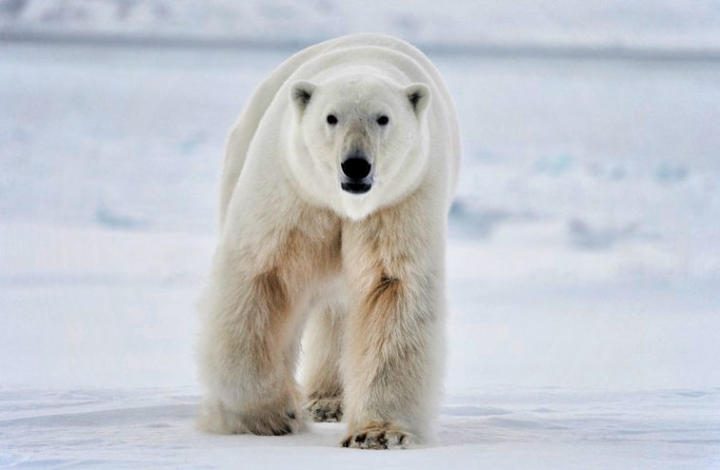
The polar bear is one of the few animals that will kill humans intentionally and without provocation. Although it is usually only hungry bears that will confront humans any such encounter against the world’s largest (and most powerful) land carnivore is likely to end one way. Weighing in at up to 10 times the weight of an average man and standing nearly 10 feet (3 metres) on its hind legs, nothing is off this bear’s menu.
Whilst other bear species are omnivorous, the polar bear is pure carnivore. The teeth reflect this being larger and sharper, however the attack method is somewhat similar; a bite to the head aimed at crushing its prey’s skull.
There is little chance of escape once one of these beasts locks on to you. They are capable of running as fast as an Olympic sprinter and even better at swimming. One case involved a photographer who after a brief chase managed to reach is car only to have the bear rip the door off. He was lucky and managed to drive away unscathed.
Unlike many so-called dangerous animals the threat from polar bears is taken very seriously in areas where they are found. Norway have extensive protocols to be observed when setting up camp in polar bear country. These include; setting up trip wires with small explosive devices to frighten the bears off and having an armed night watchman. In one recent case a tourist group were fined when they killed a bear that attacked the camp. The authorities said the group had not taken the necessary precautions to prevent the attack.
A less fortunate group of British school children were attacked whilst camping in the Svalbard islands of Norway. Out of a group of 12 the attack left one dead and four seriously injured.
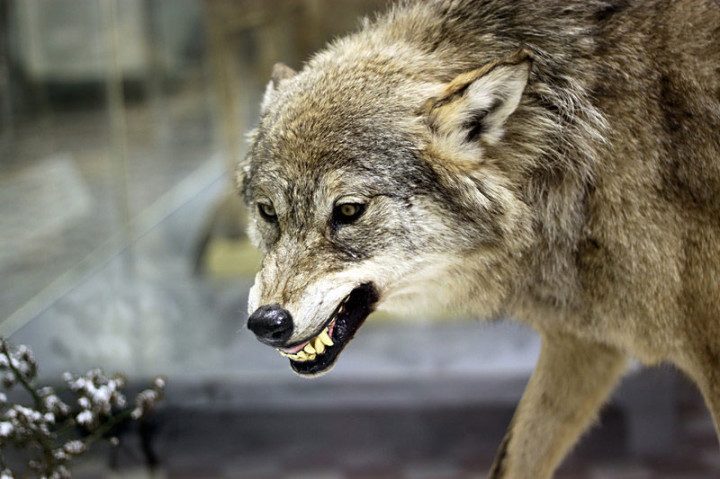
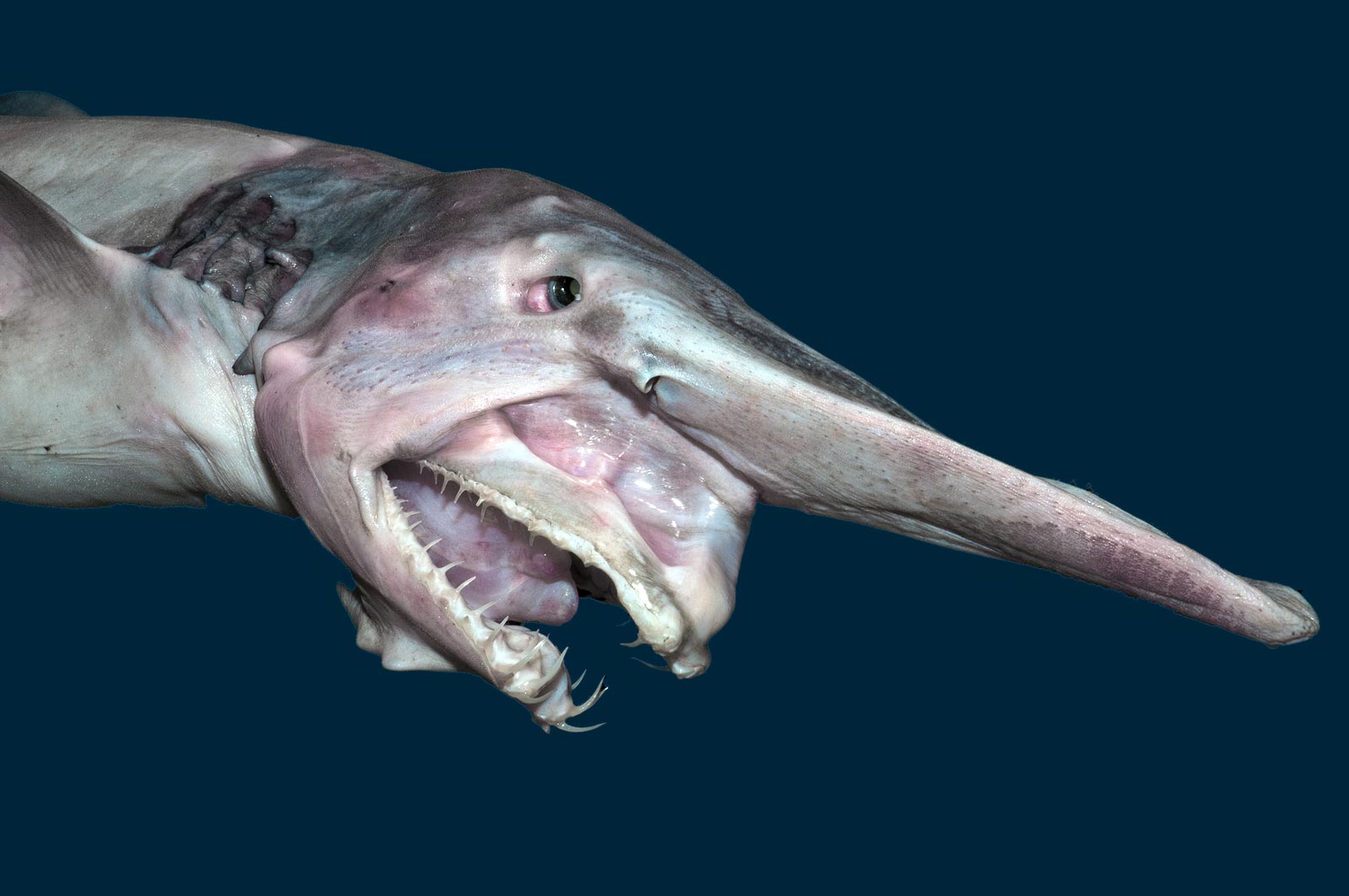


Also wild boars present another danger -their road crossings-. Lots of injuries caused by wild boars have been caused when they crossed a road and some unsuspecting driver hit against them or tried to avoid them at the last second.
What the h**l! Are you insane. There can be only one number one (and if you take into account the number of humans and animals they’ve killed – US!
Yes, humans are far and away the deadliest ‘wild’ animal in every inhabited area, most especially in Europe companies – Britain in particular. Without us as number one this list is completely way off.
Yes, we all know this – but it is something of a hackneyed old cliche by now…
oh so agreed!!!